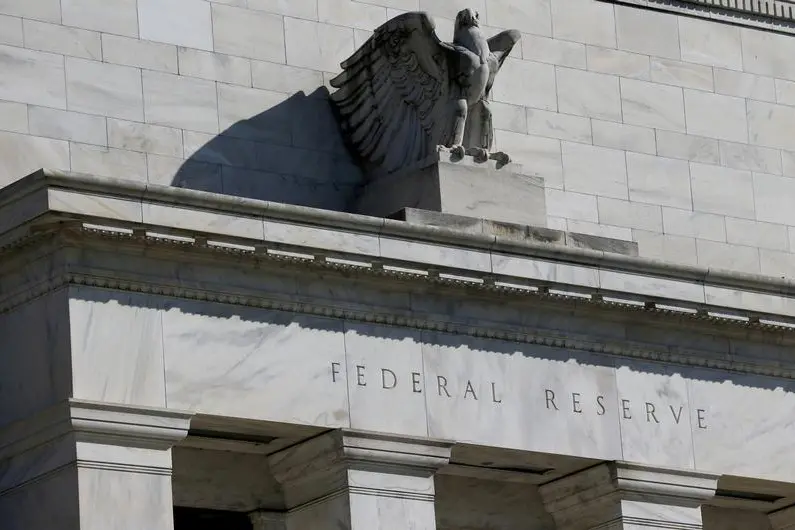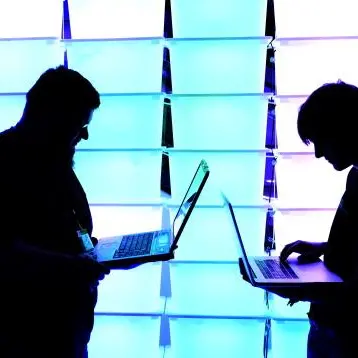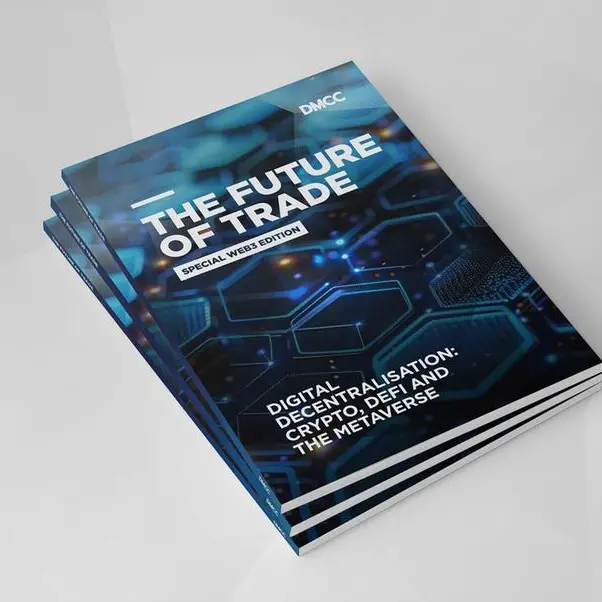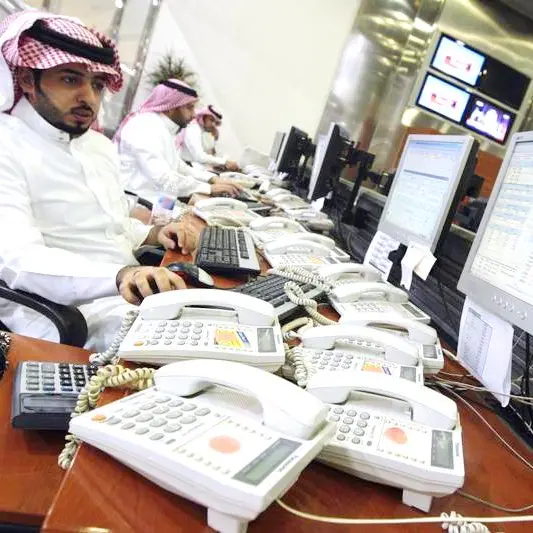PHOTO
The U.S. Federal Reserve's response to the coronavirus pandemic began on Feb. 28 with a 44-word statement of faith in the economy from Chair Jerome Powell, an old-school measure aimed at calming nosediving financial markets.
Within weeks, though, its actions became so groundbreaking they cast the U.S. central bank as creditor to the world and open to frightening amounts of risky debt.
Even Powell felt the Fed had "crossed a lot of red lines that had not been crossed before."
"We saw the economies around the world shutting down," he said in late spring, "and we felt called to do what we could."
That included fast promises of massive bond purchases, an open window for dollars for other central banks, and eventually loan programs covering virtually any U.S. business and many local governments.
Still, what happened proved the alarmists wrong: The Fed's balance sheet, a rough measure of its footprint in the economy, grew much less than expected; its most controversial lending programs attracted modest interest and will end Dec. 31.
Yet the Fed did prove what may be the more important point: It mattered just by being there and moving fast.
'REWROTE THE PLAYBOOK'
The Fed couldn't address all the economic problems of the pandemic. Perhaps the biggest challenge, getting cash to families as unemployment hit a post-World War II record 14.7%, required an act of Congress.
But it did show how forceful it remained in restoring trust in fragile moments. While it took months to flesh out its most innovative responses, the key steps happened with the flip of a switch in March when its traditional tools - including the offer of short-term loans to financial firms - were deployed in force.
It was a version of the classic central bank edict to lend freely against adequate collateral, but the speed and size of the Fed's initial steps "rewrote the playbook," said Julia Coronado, president of consulting firm MacroPolicy Perspectives.
"Early on they were gobbling up assets in the hundreds of billions and forcibly restarting markets, and there was no particular restraint other than 'we are going to do it until it works.'"
It proved a stark contrast to the Fed's response to the 2007-2009 financial crisis, Coronado noted, when it took roughly four years to scale up three successive programs of "quantitative easing."
'HAPPY OUTCOME'
The U.S. economy faced a frightening array of risks last spring.
Efforts to control the spread of COVID-19 triggered a national state of emergency on March 13 and restrictions forcing whole sectors of the economy to close temporarily. The hard-stop for airlines, hotels, restaurants and anything "non-essential" wiped out 22 million jobs from February to April, unleashing fears of a second Great Depression.
For central banks, crises are most perilous when confidence is corrupted - when what's considered a risk-free trade on one day, with two parties trusting they'll both be around, looks dodgy a day later. That loss of faith, at its worst, brings a halt to the short-term lending that keeps the broader economy humming and triggers a wider collapse.
When that started to happen in March, the Fed's initial moves propped up trading in Treasury bonds, short-term corporate loans, and other essential financial instruments, arguably preventing a financial crisis from being piled onto all the other problems.
It took much less than anticipated. Analysts including former New York Fed President William Dudley forecast the Fed's balance sheet would top $10 trillion by the end of 2020.
From mid-March to mid-June the "gobbling" of assets inflated the Fed's holdings from $4.2 trillion to $7.1 trillion. Then the expansion braked, and the balance sheet has barely budged since then.
Why Even in a once-in-a-century crisis, private markets - knowing the Fed stood at the ready - provided plenty of loans on their own, greasing the economy and keeping risk in private hands rather than loading it onto the central bank.
"That is a happy outcome," said William English, a professor at the Yale School of Management and former head of the Fed's monetary policy division. "People did think the Fed would have to do more direct credit provision."
"It turned out the announcements basically meant that investors got comfortable again."
GAME CHANGED 'TO THE GOOD'
The nature of the crisis may have helped.
The last nine months have been devastating, with more than 18.4 million U.S. residents infected with COVID-19 as of Dec. 23, and more than 326,000 dead. Roughly 10 million fewer people are working now than in February. The economy at the end of 2020 will be about the size it was at the end of 2018.
Still, it was a crisis with a clear cause that shocked an otherwise healthy economy. A resolution to the pandemic now appears in view as the first vaccines rolled out this month.
The economy remains technically in recession, with millions of families facing hardship and months until the full impact of the vaccine is felt.
Through the year, the Fed's role has been partly redefined: the crisis forced it into closer cooperation with the Treasury, and into a potentially more important future role in keeping government borrowing costs down as the country finances record levels of public debt.
But in terms of future crises, the Fed's template should now be set, Coronado said.
"Going in, the narrative was that monetary policy was done," Coronado said. Instead, "it was hugely impactful. The game changed dramatically and to the good."
Howard Schneider
(Reporting by Howard Schneider; Editing by Dan Burns and Andrea Ricci) ((howard.schneider@thomsonreuters.com; +1 202 789 8010;))












